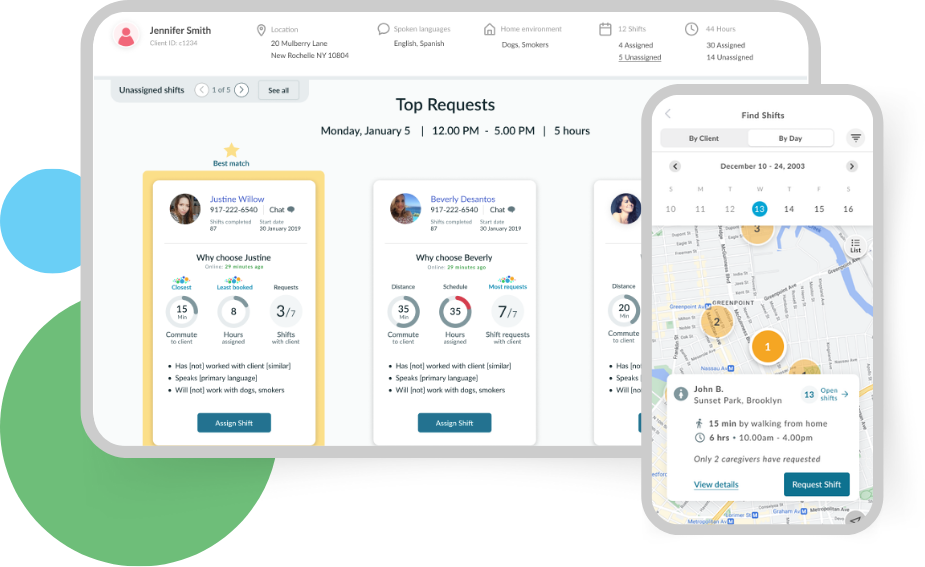
Home Care Insights: Deep Dive
Deep Dive
Caregiver Engagement Decline
(≥50% Monthly Hours Drop)
This month’s analysis examines workforce stability by tracking caregivers whose work hours declined significantly month-over-month. Understanding engagement patterns and identifying caregivers at risk of disengagement enables proactive retention interventions and helps maintain staffing capacity.
Introduction
Caregiver engagement is critical to maintaining service consistency and operational efficiency in home care. This metric monitors workforce engagement by identifying caregivers whose monthly hours decreased by 50% or more from the previous month. Sharp declines in hours worked often mean disengagement, potential departure, or scheduling challenges that may lead to workforce departure if left unaddressed. Even though this may not be perceived as an immediate churn risk, agencies should address this to prevent further decline in engagement.
Data last updated October 23, 2025

The Metrics 📊
Caregiver Engagement Decline (≥ 50% Monthly Hours Drop): This indicator measures caregiver engagement over a 7-month period by tracking the share of active caregivers who experience significant reductions (50% or more) in work hours. By using a 50% threshold, the metric filters out minor outliers and identifies whether engagement decline represents true disengagement trends or temporary disruptions.
This Month’s Takeaway 💡
September showed that 12.58% of active caregivers experienced a 50% or greater drop in monthly hours—an improvement from August’s 13.64%. This marks a positive reversal after two consecutive months of slight increases in July and August. September’s improvement suggests stabilizing workforce patterns as the summer period ends, potentially reflecting more predictable fall scheduling, reduced vacation-related disruptions, or retention strategies gaining traction. The decline remains elevated compared to June, suggesting an opportunity to continue focusing on engagement interventions.
